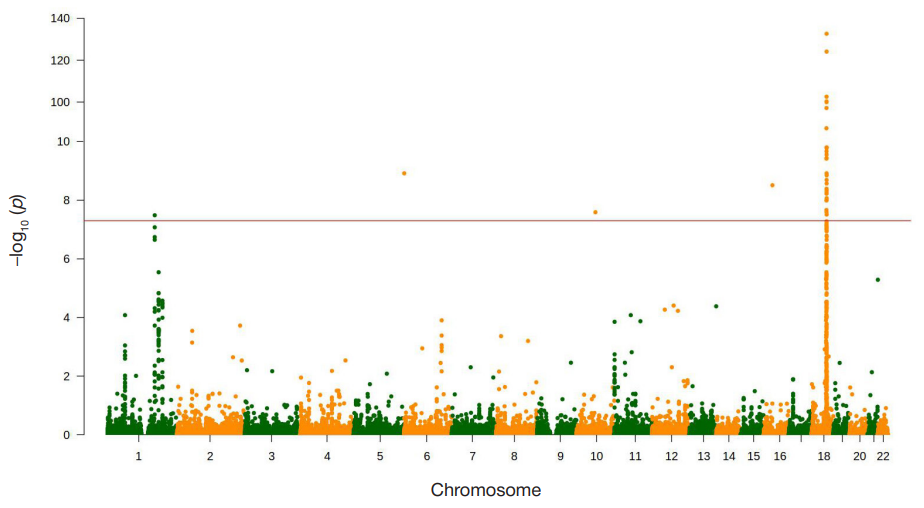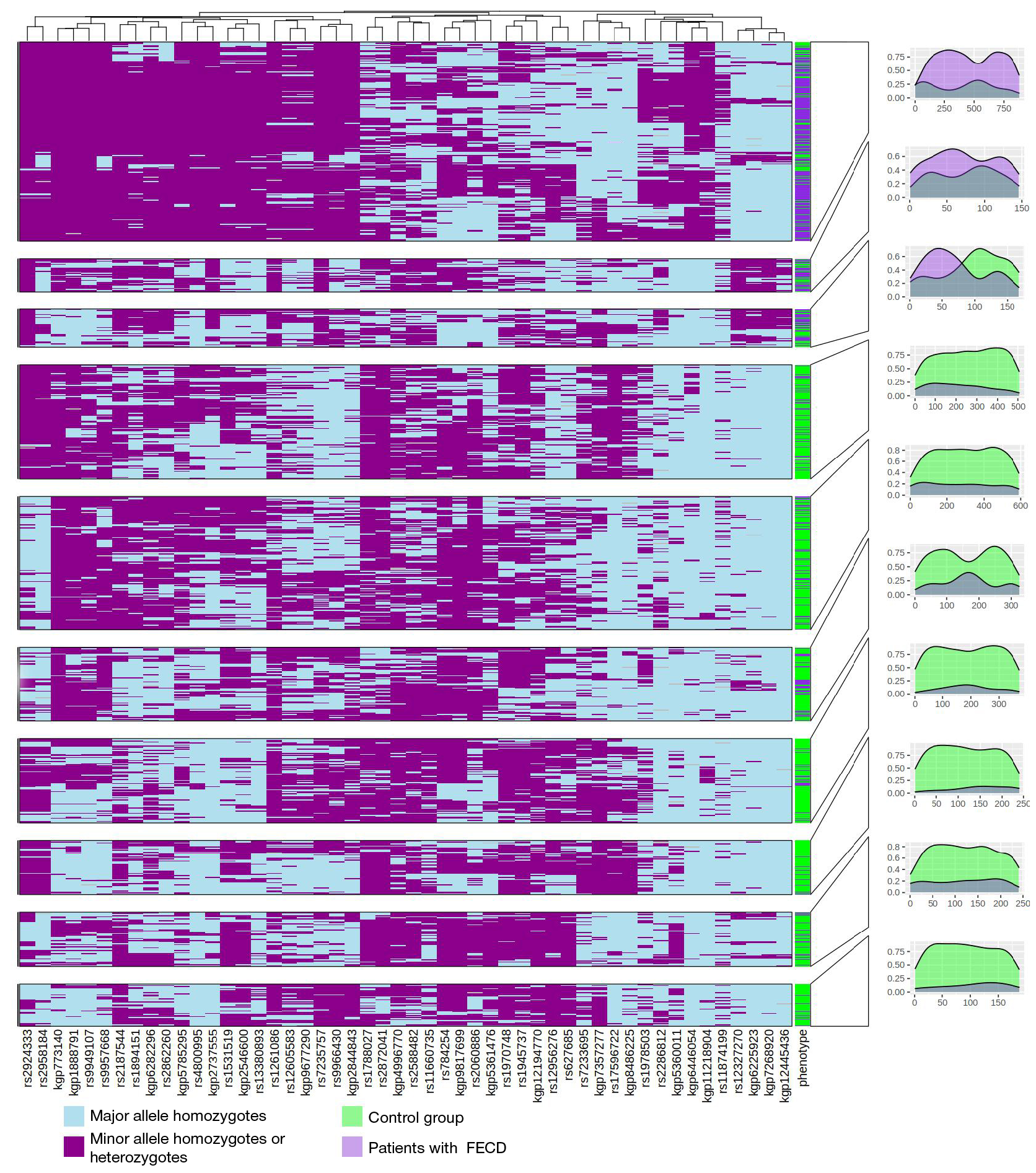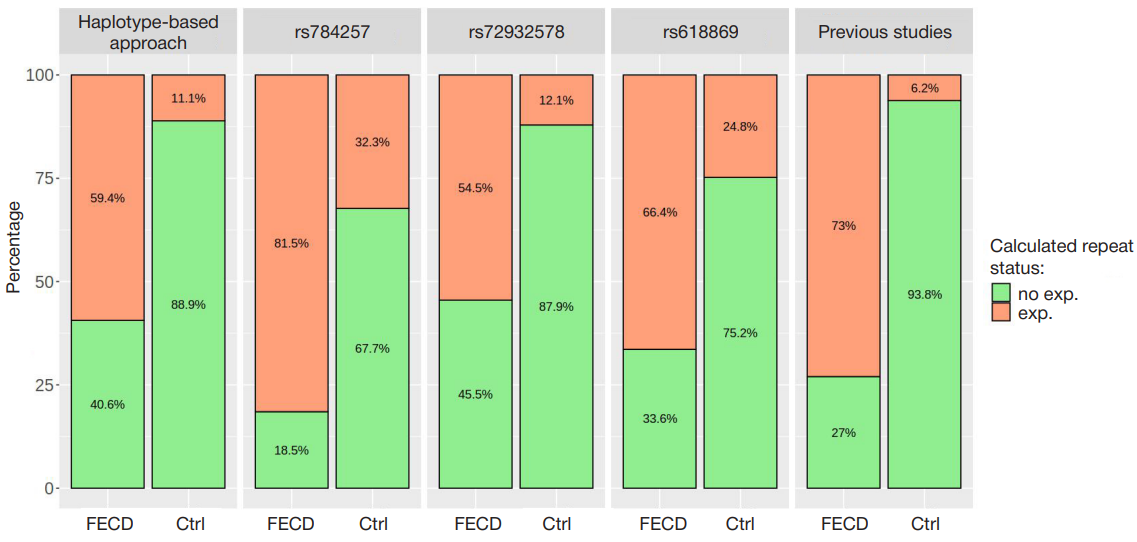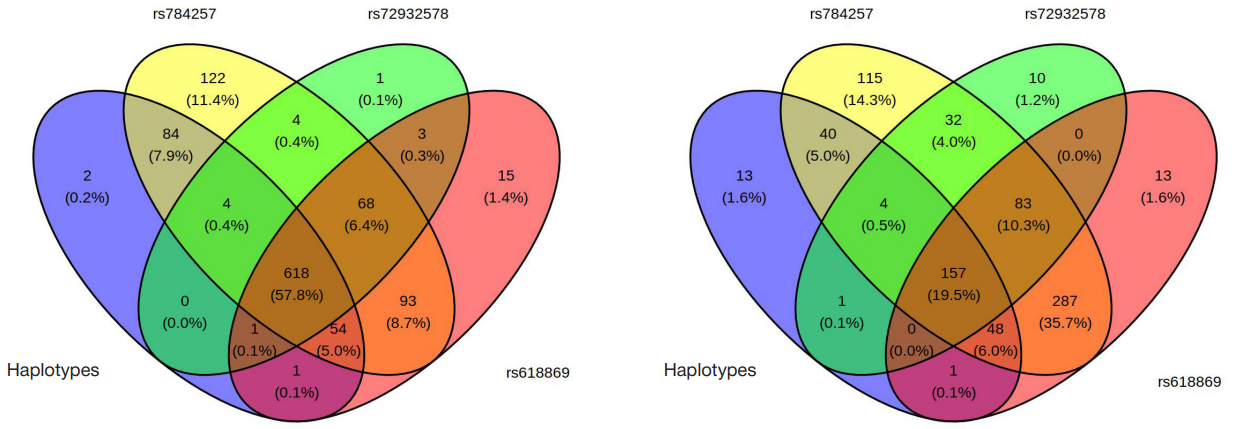
This article is an open access article distributed under the terms and conditions of the Creative Commons Attribution license (CC BY).
METHOD
The approach to patient clustering based on the microchip data confined to distinct loci using the combinations of variants
Lopukhin Federal Research and Clinical Center of Physical-Chemical Medicine of the Federal Medical Biological Agency, Moscow, Russia
Correspondence should be addressed: Elena I. Sharova
Malaya Pirogovskaya, 1 str. 3, Moscow, 119435, Russia; moc.liamg@87avorahs
Funding: the study was supported by the President of the Russian Federation (grant for young postdocs МК-2951.2022.1.4)
Acknowledgements: the authors thank dbGaP for providing access to the phs000421.v1.p1 and phs000001.v3.p1 datasets. The dataset with the dbGaP registration number phs000421.v1.p1 was obtained from the genetic study of Fuchs' endothelial corneal dystrophy (FECD) available from https://www.ncbi.nlm.nih.gov/projects/gap/cgi-bin/study.cgi?study_id=phs000421.v1.p1. The authors recognize the grants that have been used to support registration of cases and controls and would be used in this GWAS: R01EY016514 (DUEC, PI: Gordon Klintworth), R01EY016482 (CWRU, PI: Sudha Iyengar) and 1X01HG006619-01 (PI: Sudha Iyengar, Natalie Afshari). The authors express their gratitude to the FECD study participants and the FECD research team for their valuable contribution to this study. The dataset with the dbGaP registration number phs000001.v3.p1 was obtained from the Age-Related Eye Disease Study (AREDS) database available from https://www.ncbi.nlm.nih.gov/projects/gap/cgi-bin/study.cgi?study_id=phs000001.v3.p1. AREDS was funded by the National Eye Institute (N01-EY-0-2127). The authors thank the AREDS participants and research team for their valuable contribution to this study. The authors express their gratitude to L.O. Skorodumova, research fellow at the Lopukhin Federal Research and Clinical Center of Physical-Chemical Medicine, for valuable suggestions, comments, and support.
Author contribution: Sharova EI — concept and selection of data; Sharova EI, Iulmetova LN — planning and selection of methods; Kulemin NA — project funding and management; Iulmetova LN — design and computation; Sharova EI, Iulmetova LN, Kulemin NA — discussion, manuscript writing and editing.
Compliance with ethical standards: the study was performed according to the principles of the Declaration of Helsinki using the data of the phs000421.v1.p1 and phs000001.v3.p1 projects, the access to which was approved and provided by dbGaP in accordance with the policy of approval and access to specific datasets.








